
| Recorded by: Larry Chen, Sarah Toner on 2025-09-06
Beaufort Co.
Comment: | 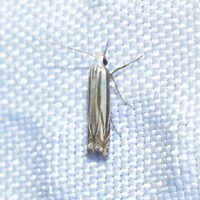
| Recorded by: Jeff Niznik, David George, Jim Petranka, Mark Basinger, Becky Elkin on 2025-08-29
Richmond Co.
Comment: |

| Recorded by: Simpson Eason on 2025-07-25
Durham Co.
Comment: | 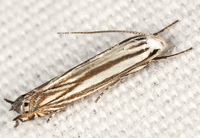
| Recorded by: John Petranka on 2024-09-04
Orange Co.
Comment: |

| Recorded by: John Petranka on 2024-08-31
Orange Co.
Comment: | 
| Recorded by: Stefanie Hedrick on 2024-08-29
Union Co.
Comment: |

| Recorded by: R. Newman on 2024-08-22
Carteret Co.
Comment: | 
| Recorded by: Jeff Niznik on 2024-08-04
Chatham Co.
Comment: |

| Recorded by: Jeff Niznik on 2024-07-21
Chatham Co.
Comment: | 
| Recorded by: Jeff Niznik on 2024-07-21
Chatham Co.
Comment: Larva was in bound leaflets of Chamaecrista fasciculata (adult reared). |
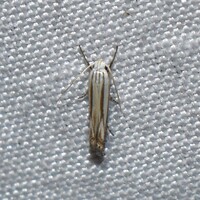
| Recorded by: David George, Jeff Niznik on 2024-07-08
Chatham Co.
Comment: | 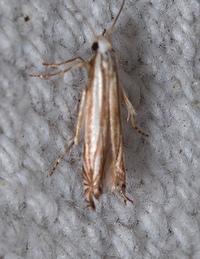
| Recorded by: Jim Petranka on 2024-05-05
Madison Co.
Comment: |
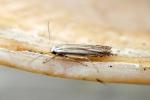
| Recorded by: R. Newman on 2023-09-27
Carteret Co.
Comment: | 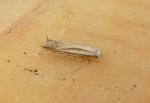
| Recorded by: R. Newman on 2023-08-01
Carteret Co.
Comment: |
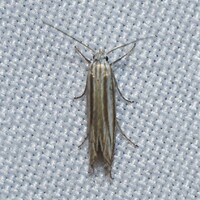
| Recorded by: David George, Jeff Niznik on 2023-05-17
Chatham Co.
Comment: | 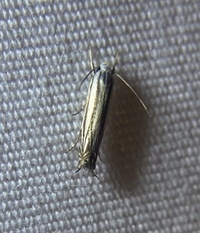
| Recorded by: David George on 2022-09-14
Durham Co.
Comment: |

| Recorded by: Michael P. Morales on 2022-09-03
Sampson Co.
Comment: | 
| Recorded by: John Petranka on 2022-09-02
Orange Co.
Comment: |
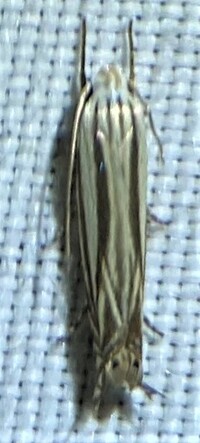
| Recorded by: Dean Furbish and Joy Wiggins on 2022-09-02
Wake Co.
Comment: | 
| Recorded by: Jim Petranka, Steve Hall and Bo Sullivan on 2022-08-28
Scotland Co.
Comment: |
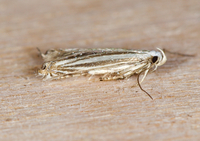
| Recorded by: Jim Petranka, Steve Hall and Bo Sullivan on 2022-08-28
Scotland Co.
Comment: | 
| Recorded by: Jim Petranka, Steve Hall and Bo Sullivan on 2022-08-28
Scotland Co.
Comment: Skeletonized leaves and webbed leaves with pupae were very common on Chamaecrista nictitans (adults reared). |

| Recorded by: Jim Petranka, Steve Hall and Bo Sullivan on 2022-08-28
Scotland Co.
Comment: Skeletonized leaves and webbed leaves with pupae were very common on Chamaecrista nictitans. | 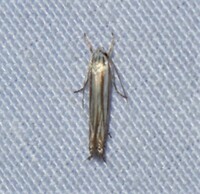
| Recorded by: Jeff Niznik on 2022-05-02
Wake Co.
Comment: |
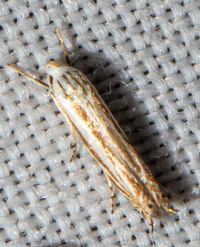
| Recorded by: Steve Hall and Bo Sullivan on 2021-10-03
Moore Co.
Comment: | 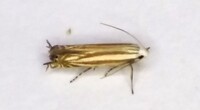
| Recorded by: Gary Maness on 2020-09-12
Guilford Co.
Comment: |
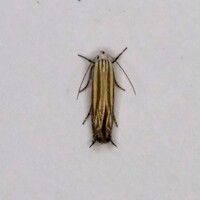
| Recorded by: Gary Maness on 2020-09-12
Guilford Co.
Comment: | 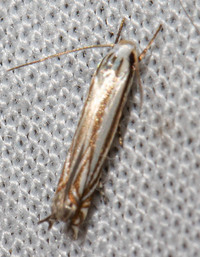
| Recorded by: Steve Hall and Bo Sullivan on 2020-09-10
Moore Co.
Comment: |
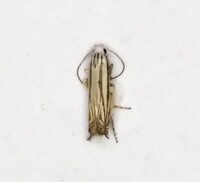
| Recorded by: Gary Maness on 2020-08-21
Guilford Co.
Comment: | 
| Recorded by: Gary Maness on 2020-08-21
Guilford Co.
Comment: |
|

 »
»























